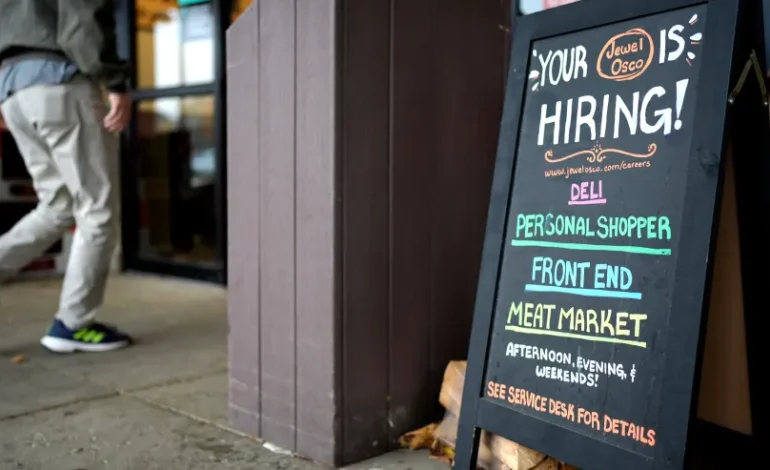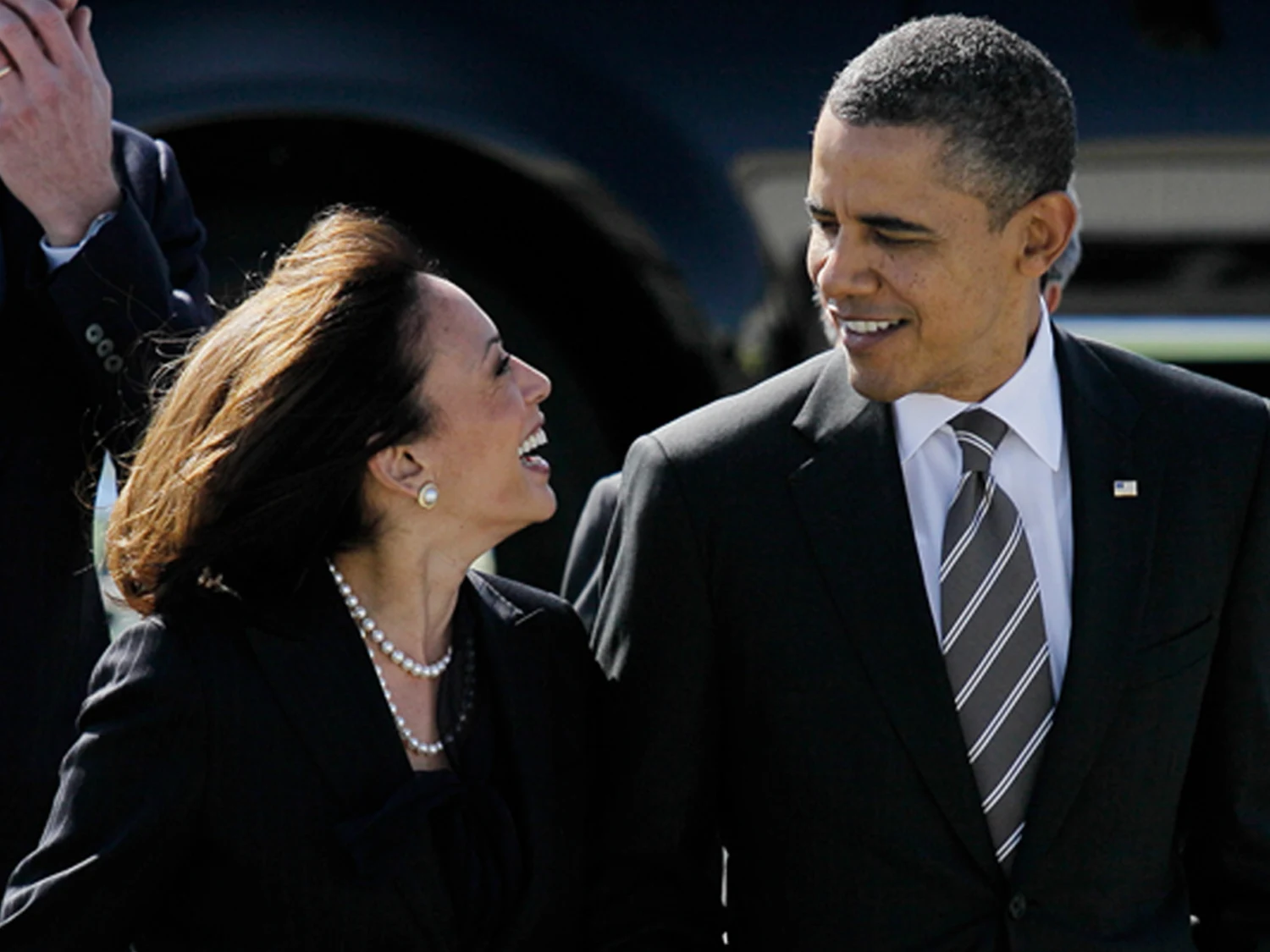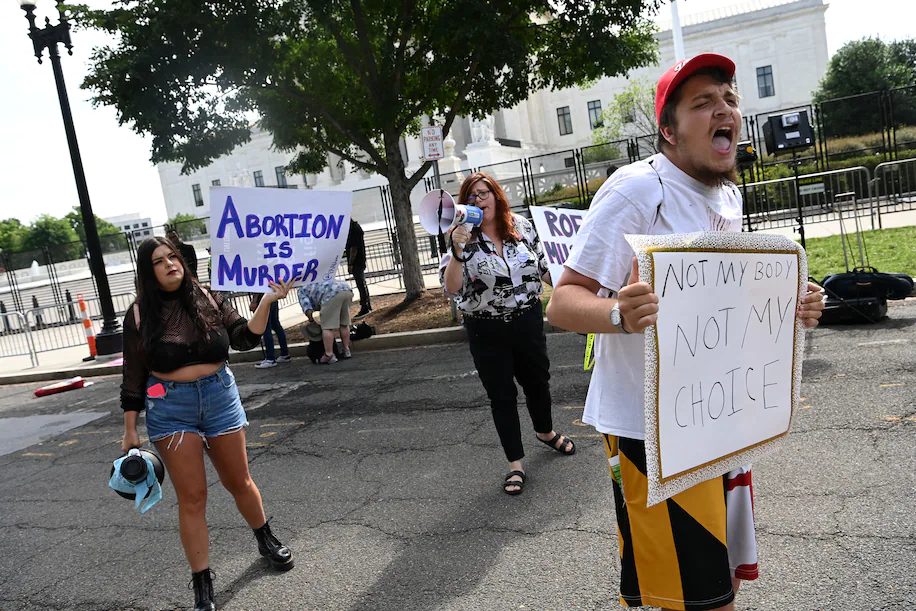New filings for US unemployment benefits declined modestly last week, signaling continued strength in the labor market even as concerns about trade policy and government spending cuts cast uncertainty over the broader economic outlook.
According to data released Thursday by the US Department of Labor, initial applications for jobless aid decreased by 2,000 to 227,000 for the week ending May 17. The figure closely aligns with analyst forecasts of 230,000 and marks a four-week low.
Jobless claims are widely viewed as a proxy for layoffs. Despite several high-profile job cuts this year, the weekly figures have generally stayed within a historically stable range of 200,000 to 250,000 since the US labor market began recovering from the 2020 pandemic-driven recession.
The four-week moving average, which helps smooth out short-term fluctuations, rose slightly to 231,500 — its highest level since October. Meanwhile, the number of people continuing to receive unemployment benefits rose by 36,000 to 1.9 million for the week ending May 10.
The current trend suggests that most businesses are retaining their employees, even as uncertainty persists about the effects of evolving US trade policies, rising import tariffs, and efforts to shrink the federal workforce. Despite some volatility, the labor market continues to underpin broader economic stability.
President Donald Trump’s administration has recently paused or scaled back certain tariff measures, easing immediate fears of a prolonged trade war. However, economists warn that the long-term effects of higher import taxes could weigh on business sentiment and hiring.
Federal Reserve Chair Jerome Powell has expressed concern about the dual threat of rising inflation and unemployment. Although the central bank has held interest rates steady at 4.3% for three consecutive meetings, policymakers remain cautious amid signals of slowing growth. The US economy contracted at a 0.3% annual rate in the first quarter of 2025, partly due to a surge in imports ahead of planned tariff increases.
Fed officials, including St. Louis President Alberto Musalem, have noted that trade policy continues to exert pressure on economic activity and could lead to a “further softening” of the labor market. Similarly, San Francisco Fed President Mary Daly recently told graduating students they may face longer job searches than in recent years.
Several large corporations have announced layoffs in 2025. Microsoft said last week it would cut about 6,000 jobs — roughly 3% of its workforce — while other firms, including Amazon, Meta, Workday, and Dow, have also disclosed workforce reductions. Some schools and nonprofits have reported layoffs linked to reduced federal funding.
Despite these announcements, many indicators suggest that the overall employment environment remains strong. In April, the US economy added 177,000 jobs, and the unemployment rate held steady at 4.2%, a historically low level.
Looking ahead, economists will be watching closely to see if the recent layoffs develop into a broader trend. Some, like those at Deutsche Bank, expect a slight slowdown in hiring, forecasting private payroll growth of 125,000 in May, down from 167,000 in April.
With input from Market Watch, Bloomberg, and the Hill.










The latest news in your social feeds
Subscribe to our social media platforms to stay tuned